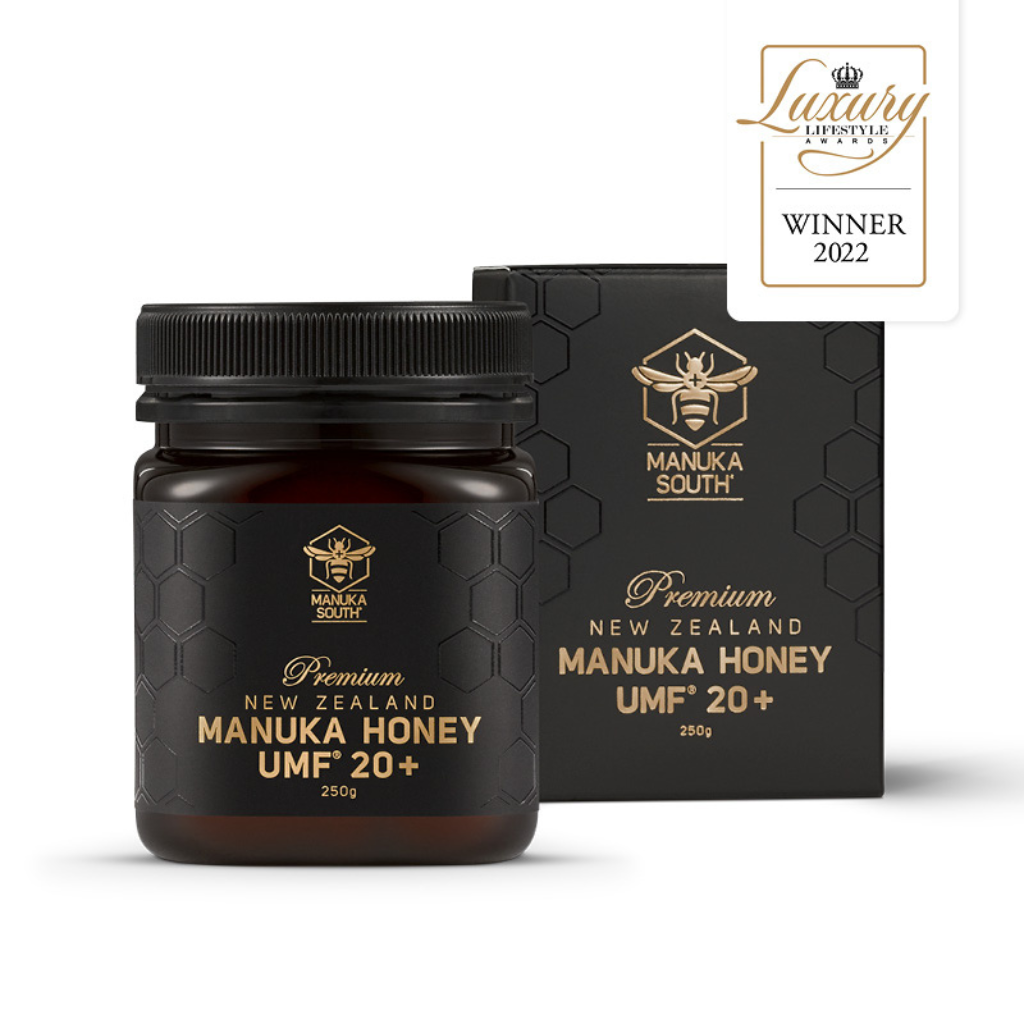Your Cart is Empty
How to Choose Your Honey
Not all Mānuka Honey is created equally
So it’s important to know what to look for on the label.
All pure monofloral Mānuka Honeys come in varying degrees of strength. Different brands use different grading systems to highlight the strength. UMF and MGO/MG are the most commonly used grading systems and the most trusted.
If a honey doesn’t have a rating then generally it’s considered a Mānuka Honey Blend or Multifloral Mānuka Honey - these delicious pots of honey still contain Mānuka Honey but they contain lower levels of Mānuka Honey than those with a UMF/MGO rating. Mānuka Honey Blends or Multifloral Mānuka Honey are generally cheaper and contain honey from the nectar of many flowers, or have been blended with other types of honey.
Here’s how the UMF and MGO/MG ratings line up:

UMF and MGO Ratings
All pure monofloral Manuka Honeys come in varying degrees of strength. Different brands use different grading systems to highlight the strength or bioactivity. UMF and MGO are the most commonly used grading systems and the most trusted.

|
MGO mg/kg |
UMF Rating |
| MGO (Methylgloxal) is one of the chemical markers found in Manuka Honey | As part of the quality process, independent testing measures four key signature markers - MGO, Leptosperin, HMF and DHA |
| MGO 80 | UMF 5+ |
| MGO 260 | UMF 10+ |
| MGO 510 | UMF 15+ |
| MGO 690 | UMF 18+ |
| MGO 830 | UMF 20+ |
| MGO 1200 | UMF 25+ |
| MGO 1620 | UMF 30+ |
How to choose your UMF honey
Choose 5+ to 10+ when
You are looking for a natural sweetener that supports a healthy lifestyle.Choose 15+ to 20+ when
You are looking for a more potent product to support everyday health and wellness.Choose 25+ when
You are looking for a higher level of potency with additional nutritional support.Our Top Manuka Honeys
New Zealand is famous for its rare and remarkable Manuka Honey.
Not only is it a delicious natural sweetener but it has some unique properties that earned it a title as a super-food.
Shop from our huge range of different Manuka Honeys including:
If you need help with making your choice please check this blog.
















